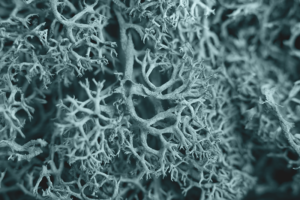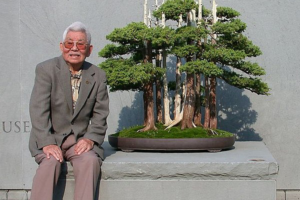A look at my European Beech bonsai that’s been in development with me for nearly 25 years. #bonsai
Beech Bonsai (Fagus species)
Beech Bonsai: Growing and Caring for the Fagus Species
Bonsai is an art form that has been enjoyed for centuries, and it allows enthusiasts to create miniaturized versions of trees in pots. One of the species that is often used for bonsai is the beech (Fagus species). Beech bonsai are prized for their distinctive full outline, making them a popular choice for bonsai enthusiasts. In this blog post, we’ll examine how to grow and care for a beech bonsai tree.
First and foremost, it is important to understand the environment in which beech trees grow best. Beech trees are native to temperate regions and are hardy in USDA hardiness zones 4-8. In nature, they grow best in well-drained soils and prefer partial to full sun. When growing a beech bonsai, it is important to replicate these conditions as closely as possible. Bonsai soil should be well-drained, and the tree should be placed in a location with access to bright, indirect light.

Another important factor in growing a beech bonsai is proper watering. Overwatering is a common issue for bonsai enthusiasts, and it is particularly problematic for beech trees. Beech trees should be allowed to dry out between waterings, and it is important to avoid waterlogging the soil. A good rule of thumb is to water when the top inch of soil is dry. Additionally, beech trees prefer to be on the dry side, so it is best to err on the side of underwatering.
Pruning is another important aspect of caring for a beech bonsai. Beech trees naturally grow with a distinctive full outline, and this should be the goal when pruning a beech bonsai. Pruning should be done regularly, and it is best to remove any crossing branches or branches that are growing in the wrong direction. Additionally, beech trees are slow-growing, so they will not need to be pruned as frequently as other species.
Fertilizing is another important aspect of growing a beech bonsai. Beech trees prefer a balanced fertilizer, and it is best to use a fertilizer that is specifically formulated for bonsai. Fertilize your beech bonsai once every four to six weeks during the growing season, and reduce the frequency during the winter. Additionally, it is important to avoid over-fertilizing, as this can lead to leggy growth and reduced root development.
Finally, it is important to choose the right pot for your beech bonsai. Beech trees have a dense root system, so it is important to choose a pot that is large enough to accommodate the roots. Additionally, beech trees prefer slightly acidic soil, so it is best to choose a pot that is glazed with a slightly acidic glaze.
In conclusion, the beech (Fagus species) is a popular choice for bonsai enthusiasts, and it is an excellent choice for those who are just starting in the hobby. With proper care and attention, a beech bonsai can thrive for many years and provide a beautiful and unique addition to your collection. Just remember to provide the right environment, water carefully, prune regularly, fertilize properly, and choose the right pot, and your beech bonsai will be a source of pride and enjoyment for many years to come.







Leave a Reply
Your email is safe with us.
You must be logged in to post a comment.